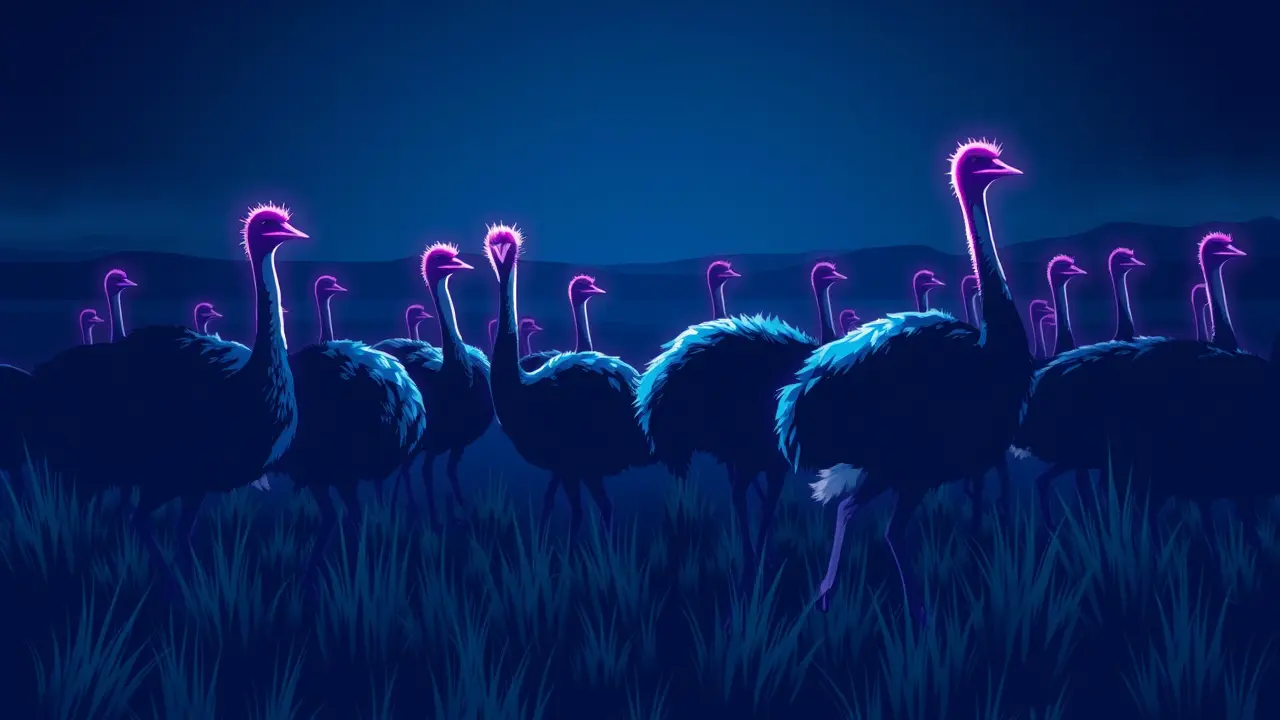
Otherlaw & courtsCourt Decisions
Canada's top court dismisses appeal to stop ostrich cull.
RA
Rachel Adams
5 hours ago7 min read1 comments
In a ruling that strikes at the intersection of agricultural policy, animal welfare, and property rights, Canada's Supreme Court has slammed the door shut on a desperate appeal from a group of ostrich farmers, leaving them with virtually no legal recourse as officials prepare to cull their entire flock of more than 300 birds. This decision is not merely a dry legal footnote; it is a profound ecological and human drama unfolding on the Canadian prairie, a case study in how government disease control protocols can irrevocably alter lives and landscapes.The conflict ignited when a suspected case of a highly contagious pathogen, one that could devastate the domestic poultry industry, was identified within the ostriches' confines. The immediate response from federal agricultural authorities was a swift and uncompromising eradication order, a standard but brutal protocol designed to create a firebreak against the potential economic catastrophe of a wider outbreak.For the farmers, these birds represented not just livestock but years of specialized investment; ostriches are raised for their lean meat, valuable hides, and distinctive feathers, a niche agricultural endeavor that requires patience and capital. Their fight through the lower courts was a heartbreaking saga of injunctions sought and denied, of legal arguments about the proportionality of the state's response and the valuation of life, both economic and intrinsic.The Supreme Court's dismissal, delivered without comment, echoes the grim finality of similar culls witnessed globally—from the mass slaughter of cattle during the Foot-and-Mouth crisis in the United Kingdom to the systematic eradication of wild boar in parts of Europe to control African Swine Fever. Each event leaves a scar on the rural community and a difficult ethical question: when does the collective good of a national industry justify the complete destruction of an individual's livelihood? The emotional toll on these farmers is immeasurable; they speak of knowing each bird, of the unique personalities within the flock, now reduced to a statistic in a biosecurity report.From an ecological perspective, while the cull aims to protect biodiversity within the commercial poultry sector, it represents a significant loss of genetic diversity within this specific population of captive ratites. The aftermath will be a quiet, grim affair—the disposal of hundreds of large carcasses, the disinfection of the land, and the hollow silence of empty pens.For the broader agricultural community, this ruling sets a stark precedent, reinforcing the immense power of regulatory bodies in a disease crisis and underscoring the fragility of farming enterprises built around non-traditional species. It is a sobering reminder that in the complex calculus of modern food production, the interests of the many can, with the force of law, completely overwhelm the dreams of the few, leaving behind a narrative of loss that will linger long after the last ostrich is gone.
#ostrich cull
#farmers
#Supreme Court of Canada
#animal rights
#agriculture
#legal appeal
#featured
Stay Informed. Act Smarter.
Get weekly highlights, major headlines, and expert insights — then put your knowledge to work in our live prediction markets.
© 2025 Outpoll Service LTD. All rights reserved.